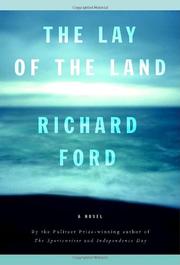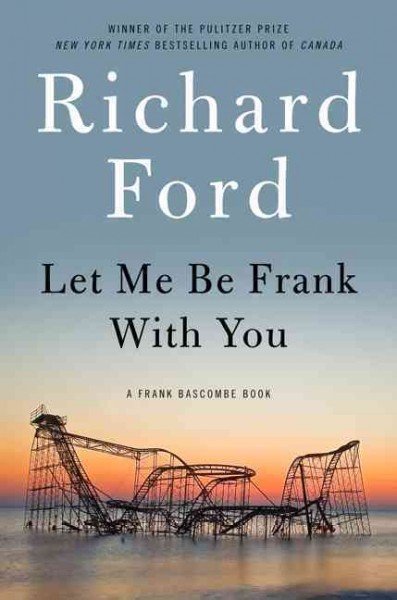365 Thank Yous: The Year a Simple Act of Daily Gratitude Changed My Life John Kralik (2010)
I first read the memoir 365 Thank Yous when it came out in 2010. It made such an impression on me that I decided to re-read it to review on this blog for Thanksgiving 2019.
In 365 Thank Yous, John Kralik recalls how miserable he felt when he set out to hike the Echo Mountain Trail above Pasadena, California, on New Year’s Day in 2008. His small law firm was in dire financial straits; he was going through an acrimonious, drawn-out divorce; his new girlfriend had recently broken up with him; he was living in a tiny, uncomfortable apartment; he was overweight and in bad shape physically.
During Kralik’s hike, a voice seemed to speak to him, saying, “Until you learn to be grateful for the things you have . . .you will not receive the things you want.” (14) Upon hearing this voice, Kralik began to contemplate the concept of gratitude.
The next day, Kralik received in his apartment mailbox a brief but kind note from his ex-girlfriend, thanking him for the Christmas gift he had given her. This piece of mail confirmed for him that he should be thanking the people around him, and he resolved to pursue gratitude in a specific way: by sending handwritten notes, one for each day of the coming year.
Thanking people for Christmas gifts that he’d received was an easy start, but Kralik soon went far beyond this, thanking his work colleagues, his friends, members of his extended family, and even the barista who served him coffee. “Many of my notes were not about material gifts. In these notes, I tried to describe just what the other person had done for me and to show my understanding of that person’s effort. . . .This was part of my shift of focus from the gift to the giver.” (213-4)
The logistics of Kralik’s thank-you project were pretty simple. He wrote two or three sentences in longhand on a plain note card that he mailed through the postal service, and he maintained a spreadsheet of his recipients, with annotations of what he’d written. In today’s advanced internet culture, handwritten mail is an extreme rarity, but even in 2008 people were surprised and delighted to receive Kralik’s thoughtful notes.
The details of the individual thank-you notes that Kralik wrote are really the heart of this book. Kralik includes the texts of many of his notes, reconstructed from his spreadsheet. His words are unpretentious and honest, and they elicit warm responses from the recipients.
Almost immediately, Kralik’s thank-you notes brought him small doses of good fortune. These could, of course, have been coincidences, but Kralik saw them as evidence of the power of gratitude. As just one example, he sent personal thank-you notes to fellow lawyers who had referred cases to his firm. These lawyers then referred even more cases to Kralik’s firm, helping him with his financial woes. Month by month, Kralik wrote his thank-you notes, connecting with people he’d gone to college with or worked with early in his career. He began to realize that he had a powerful network of supporters.
In the end, Kralik didn’t quite make his goal of writing 365 thank-you notes in the 2008 calendar year. It took him about fifteen months to reach this number. But he kept writing, and as a result of the notes, he overcame quite a few of the difficult situations that he had faced on that New Year’s Day. Toward the end of 2008, he took stock: “If the voice I’d heard in the mountains had implied that I would get all that I wanted, it seemed, at least at this juncture, that it was a promise unfulfilled. Yet, by being thankful for what I had, I realized that I had everything I needed.” (187)
What was that voice that Kralik heard on his hike? Was his conscience telling him that he was an ungrateful wretch? Was Nature reminding him that he wasn’t appreciating the splendor of his surroundings? Was the voice of a deity speaking to him in the wind? It doesn’t matter. Kralik states straightforwardly that he heard a voice, and the thank-you note from his ex-girlfriend confirmed the message of the voice: Be grateful.
May all of us, even in the face of adversity, be able to ascend into the mountains of gratitude on the upcoming Thanksgiving Day.




